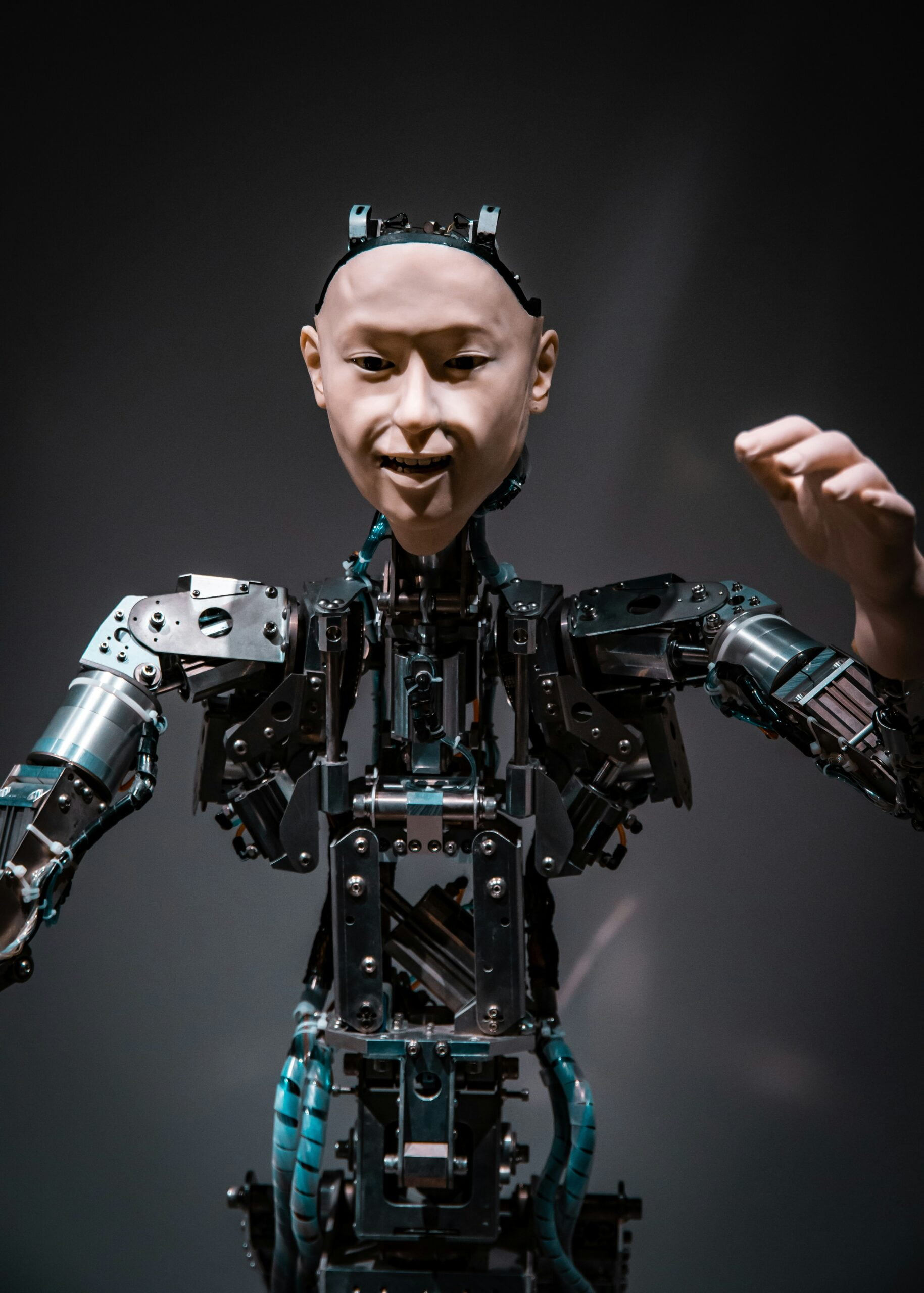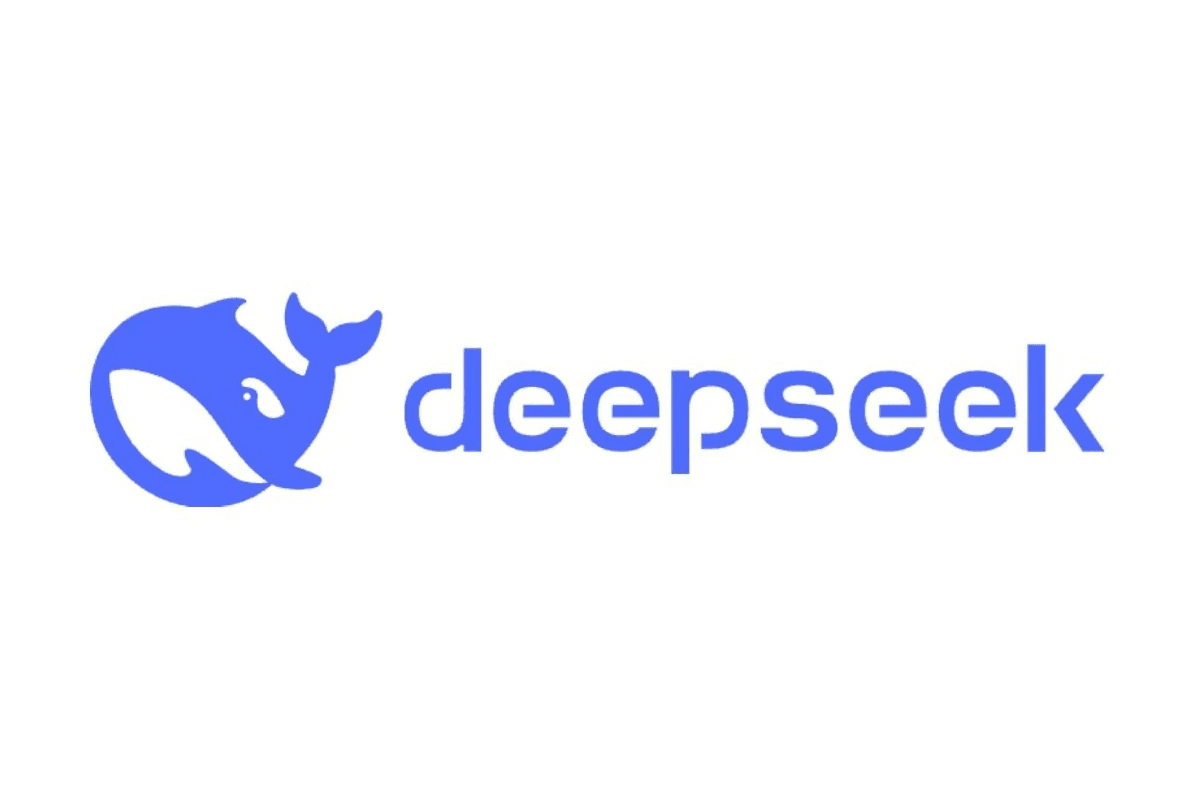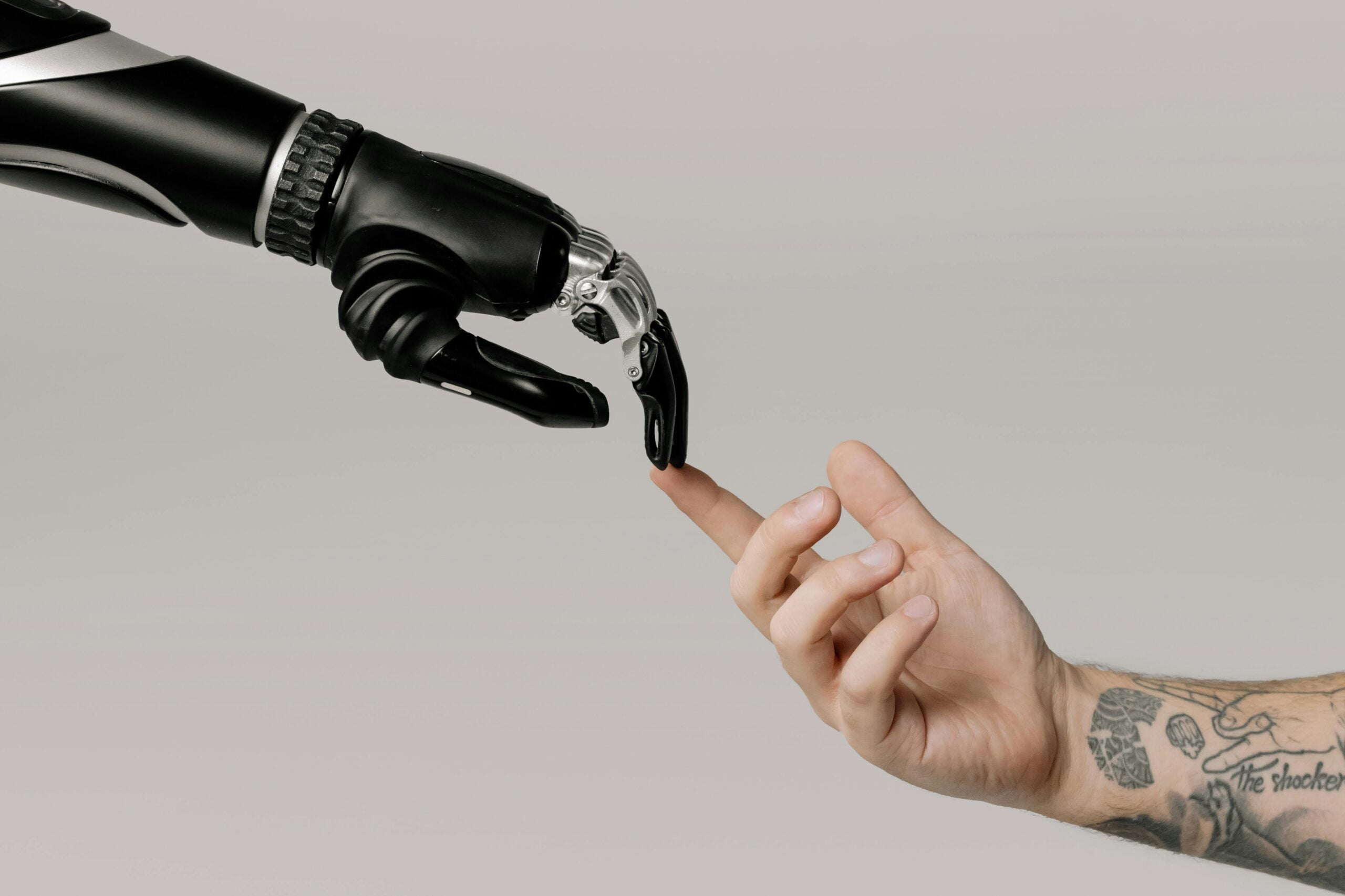Welcome to GigaGuideTech, your trusted source for in-depth tech analysis and insights. Today, we delve into the world of Artificial Intelligence (AI), exploring its advantages, disadvantages, and the areas where it can have the most significant impact. With our extensive experience and thorough analysis, we aim to provide a comprehensive overview of AI’s potential and challenges. So, let’s dive right in!
What is Artificial Intelligence (AI)?
Artificial Intelligence (AI) refers to the simulation of human intelligence in machines that are programmed to think and learn like humans. AI systems can perform tasks that typically require human intelligence, such as visual perception, speech recognition, decision-making, and language translation.
Advantages of AI
1. Automation and Efficiency
One of the most significant advantages of AI is its ability to automate repetitive tasks, leading to increased efficiency and productivity. For instance, in manufacturing, AI-powered robots can handle assembly lines, reducing the need for human labor and minimizing errors.
2. Enhanced Decision Making
AI can process vast amounts of data quickly and accurately, providing valuable insights that help businesses make informed decisions. For example, AI algorithms can analyze market trends and consumer behavior to guide marketing strategies and product development.
3. Personalization
AI enables personalized experiences in various domains, from online shopping to healthcare. E-commerce platforms use AI to recommend products based on user preferences, while healthcare providers leverage AI to create personalized treatment plans for patients.
4. Improved Customer Service
AI-powered chatbots and virtual assistants are transforming customer service by providing instant responses and solutions to customer queries. This enhances customer satisfaction and reduces the workload on human agents.
5. Advanced Data Analysis
AI excels at analyzing large datasets to uncover patterns and trends that humans might miss. This capability is crucial in fields like finance, where AI can detect fraudulent transactions, and in healthcare, where it can identify potential health risks.
6. Innovation and Creativity
AI is driving innovation in various industries. For example, AI-generated art and music are pushing the boundaries of creativity, while AI-powered tools are revolutionizing fields like drug discovery and space exploration.
Disadvantages of AI
1. Job Displacement
One of the most significant concerns about AI is its potential to replace human jobs. As AI systems become more capable, there is a risk that jobs in sectors like manufacturing, customer service, and even healthcare could be automated, leading to unemployment and economic disruption.
2. Ethical Concerns
AI raises several ethical issues, including privacy concerns, bias in AI algorithms, and the potential misuse of AI for malicious purposes. For example, AI-powered surveillance systems can infringe on individual privacy, while biased algorithms can perpetuate discrimination.
3. High Implementation Costs
Developing and implementing AI systems can be expensive. Businesses need to invest in advanced hardware, software, and skilled personnel to create and maintain AI solutions. This can be a significant barrier for small and medium-sized enterprises.
4. Dependence on Data
AI systems require vast amounts of data to function effectively. This dependence on data raises concerns about data security and privacy. Additionally, AI systems are only as good as the data they are trained on, so poor-quality or biased data can lead to inaccurate results.
5. Lack of Human Touch
While AI can handle many tasks efficiently, it lacks the human touch that is essential in fields like healthcare and customer service. For instance, AI cannot provide the empathy and emotional support that human doctors or customer service agents can offer.
6. Unpredictability and Lack of Transparency
AI systems, particularly those based on machine learning, can be unpredictable and lack transparency in their decision-making processes. This “black box” nature of AI can make it challenging to understand how AI systems arrive at their conclusions, leading to trust issues.
Areas Where AI Has the Most Impact
1. Healthcare
AI is revolutionizing healthcare by improving diagnostics, personalized treatment, and patient care. AI algorithms can analyze medical images to detect diseases like cancer at an early stage, while AI-powered tools can create personalized treatment plans based on a patient’s genetic makeup.
Example: IBM’s Watson for Oncology uses AI to provide oncologists with evidence-based treatment options, enhancing the accuracy and efficiency of cancer treatment.
2. Finance
In the finance sector, AI is enhancing fraud detection, risk management, and trading strategies. AI systems can analyze transaction data to identify fraudulent activities in real-time, while AI-powered trading algorithms can execute trades based on market trends and predictions.
Example: JPMorgan Chase uses AI to analyze legal documents and extract relevant information, saving thousands of hours of manual work.
3. Retail
AI is transforming the retail industry by enabling personalized shopping experiences, optimizing inventory management, and enhancing supply chain efficiency. AI-powered recommendation systems suggest products based on customer preferences, while AI algorithms optimize inventory levels to meet demand.
Example: Amazon’s AI-powered recommendation engine accounts for a significant portion of its sales by suggesting products that customers are likely to buy.
4. Transportation
AI is driving innovation in the transportation sector with the development of autonomous vehicles and smart traffic management systems. AI-powered self-driving cars have the potential to reduce accidents and traffic congestion, while AI algorithms optimize traffic flow in cities.
Example: Tesla’s Autopilot uses AI to enable autonomous driving features, enhancing safety and convenience for drivers.
5. Education
AI is enhancing education by providing personalized learning experiences, automating administrative tasks, and enabling remote learning. AI-powered tutoring systems adapt to individual learning styles, while AI algorithms grade assignments and provide feedback.
Example: Coursera uses AI to personalize course recommendations for learners based on their interests and learning history.
6. Entertainment
AI is transforming the entertainment industry by enhancing content creation, personalization, and distribution. AI algorithms analyze user preferences to recommend movies and music, while AI-generated content is pushing the boundaries of creativity.
Example: Netflix’s recommendation engine uses AI to suggest movies and TV shows based on viewing history and preferences.
Comparing AI with Traditional Methods
To understand the impact of AI, it’s essential to compare it with traditional methods in various fields:
Healthcare
Traditional Methods:
- Rely on manual diagnosis and treatment plans.
- Time-consuming and prone to human error.
AI-Powered Methods:
- Use AI algorithms for faster and more accurate diagnosis.
- Create personalized treatment plans based on data analysis.
Finance
Traditional Methods:
- Manual analysis of transaction data for fraud detection.
- Human traders execute trades based on market analysis.
AI-Powered Methods:
- AI algorithms analyze transaction data in real-time for fraud detection.
- AI-powered trading algorithms execute trades based on market trends.
Retail
Traditional Methods:
- Manual inventory management and product recommendations.
- Prone to overstocking or stockouts.
AI-Powered Methods:
- AI algorithms optimize inventory levels and recommend products based on customer preferences.
- Enhance supply chain efficiency.
Transportation
Traditional Methods:
- Human drivers and manual traffic management.
- Prone to accidents and traffic congestion.
AI-Powered Methods:
- Autonomous vehicles reduce accidents and traffic congestion.
- Smart traffic management systems optimize traffic flow.
Education
Traditional Methods:
- One-size-fits-all teaching methods and manual grading.
- Limited personalization and feedback.
AI-Powered Methods:
- AI-powered tutoring systems adapt to individual learning styles.
- Automate grading and provide personalized feedback.
Entertainment
Traditional Methods:
- Manual content creation and distribution.
- Limited personalization of recommendations.
AI-Powered Methods:
- AI-generated content and personalized recommendations.
- Enhance user experience and engagement.
Future Trends in AI
As we move into 2024 and beyond, several trends will shape the future of AI:
1. AI and Edge Computing
Edge computing involves processing data closer to the source rather than relying on centralized cloud servers. This trend will enable faster and more efficient AI applications, particularly in areas like IoT and autonomous vehicles.
2. Explainable AI
Explainable AI aims to make AI systems more transparent and understandable. This trend will address the “black box” nature of AI, enhancing trust and accountability in AI systems.
3. AI and Quantum Computing
Quantum computing has the potential to revolutionize AI by enabling faster and more efficient data processing. This trend will accelerate advancements in AI applications, particularly in fields like cryptography and drug discovery.
4. AI in Cybersecurity
AI will play a crucial role in enhancing cybersecurity by detecting and mitigating threats in real-time. This trend will improve the security of digital systems and protect against cyber-attacks.
5. AI and Ethical AI
As AI becomes more prevalent, there will be a greater focus on ethical AI development and deployment. This trend will address issues like bias, privacy, and the responsible use of AI.
Our Opinion
Artificial intelligence (AI) is transforming various industries by improving efficiency, personalization, and innovation. While it offers numerous advantages, it also raises important ethical and economic concerns. If we understand the benefits and challenges of AI, we can harness its potential while addressing its risks. We have to think and get the most out of AI, we know that right now we have a lot of uncertainty, which side it really is on. We have to think that AI has existed for a long time, but now it is at its greatest exploitation. How are we going to get the most out of it? It is extremely easy, just join it. AI is here to help us, to increase our knowledge and help us make our lives easier. We cannot see it as a competitor, that it is not going to replace it, that will be impossible. We have to learn how to use it to improve our daily life and work.












Leave a Reply